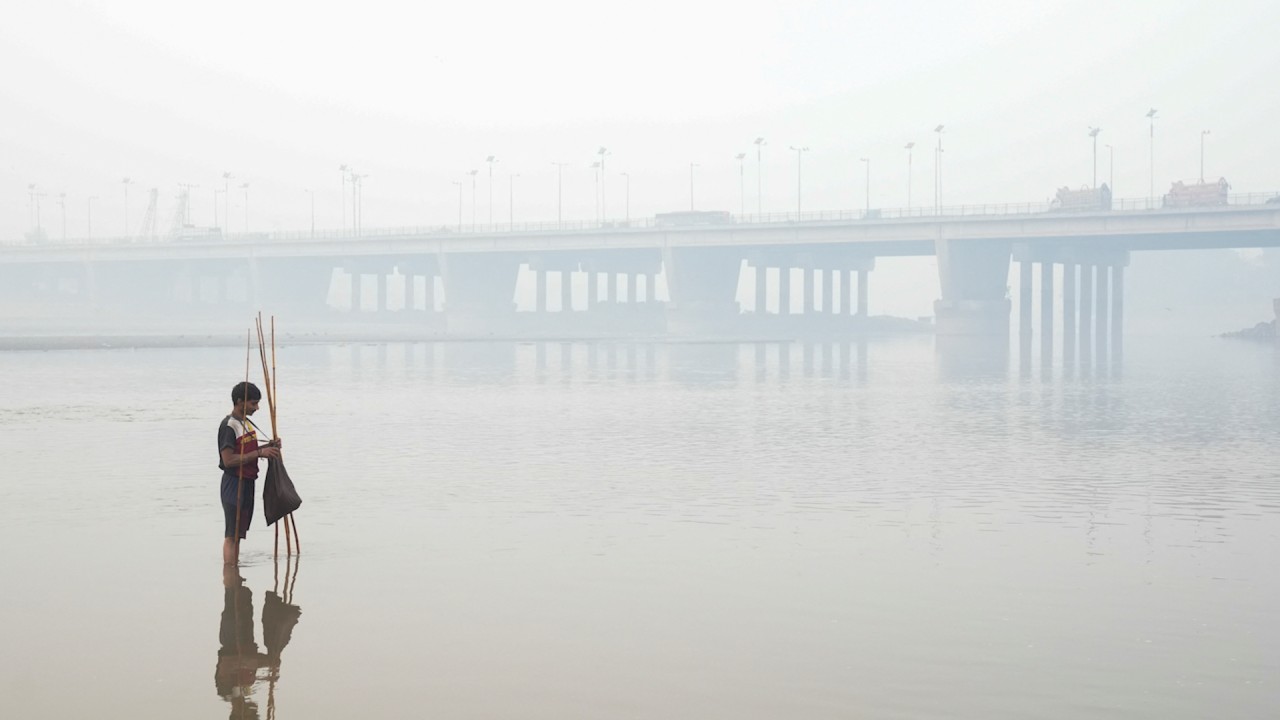As deadly smog threatens parts of India, Pakistan, experts urge joint climate action
Burning of crop residues and bursting of firecrackers during Diwali have exacerbated the problem, with current measures ineffective, experts say

02:41
Lahore limits outdoor activities as Pakistan struggles with air quality crisis
A thick smog that has enveloped northern India and parts of Pakistan with the onset of winter demands joint action from the two rival nations to curb the annual menace that is threatening millions of lives, scientists say.
Every winter, South Asia is shrouded in a volatile mix of pollutants as plummeting temperatures trap emissions, dust and smoke from the burning of crop residues. Studies have shown the resultant pollution could cut life expectancies in the region by more than five years.
In Punjab, a region split between Pakistan and India since their independence from British rule in 1947, farmers continue to clear fields by burning rice crop residue – a practice that significantly contributes to the pollution choking South Asia.
Pakistan’s most populated province of Punjab has ordered schools in smog-hit cities to close until November 17, even as northern India including capital New Delhi reported a 15 per cent to 20 per cent increase in cases of asthma and chronic lung diseases due to a spike in air pollution.
“The problem of burning crop residues is common to both the countries. The question is what can we learn from each other to deal with it,” said Bhargav Krishna, convenor at Sustainable Futures Collaborative, which researches environmental issues.
The burning of crop residues contributes to about a quarter of the seasonal smog, while other sources such as transport and industrial emissions as well as burning of municipal city wastes make up for the rest of the toxic air, he added.
